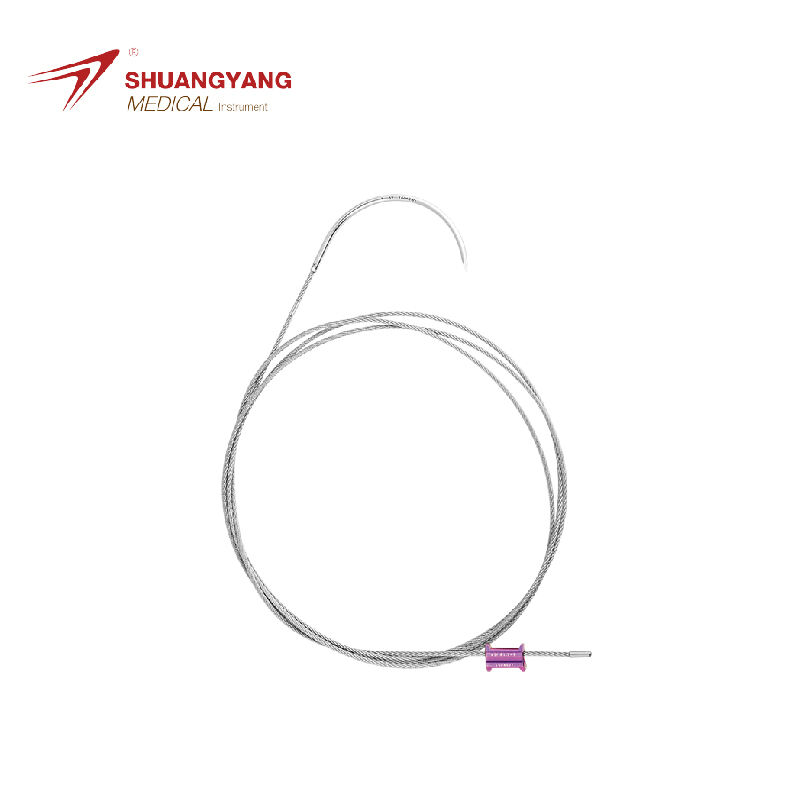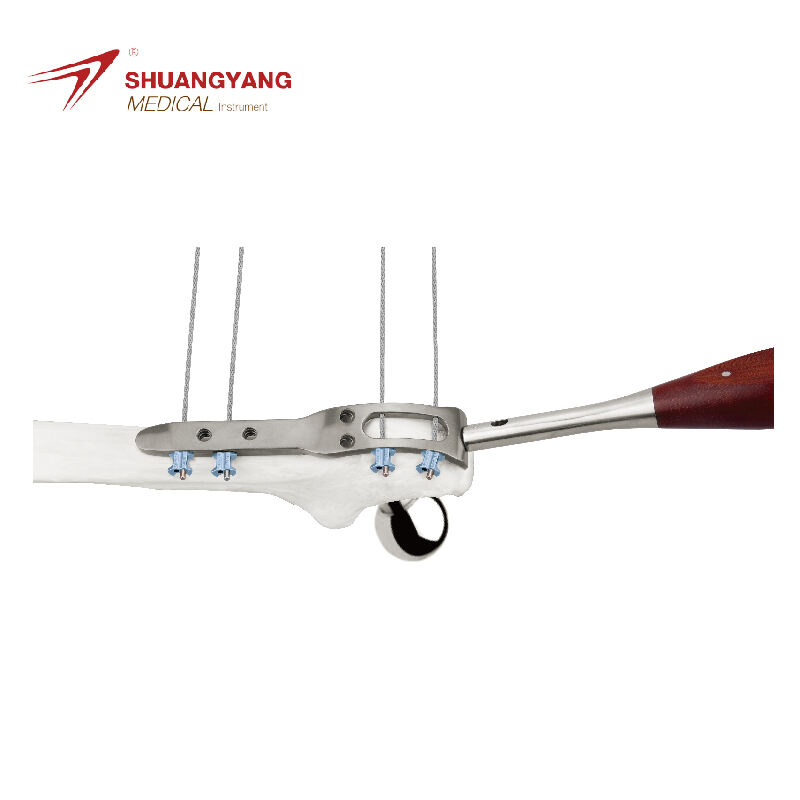rib fixation surgery
Rib fixation surgery is a medical procedure designed to stabilize fractured ribs, thereby alleviating pain and enabling patients to breathe more comfortably. The main functions of this surgery are to repair the broken ribs and to support their healing. Technological features include the use of advanced surgical plates and screws that are specifically designed to adhere to the contours of the ribs. These materials are often biocompatible, reducing the risk of rejection or infection. The applications of rib fixation surgery are widespread, from trauma patients suffering from multiple fractures to individuals with a single, yet painful rib fracture. This procedure can be life-changing, improving patient outcomes and recovery times.


